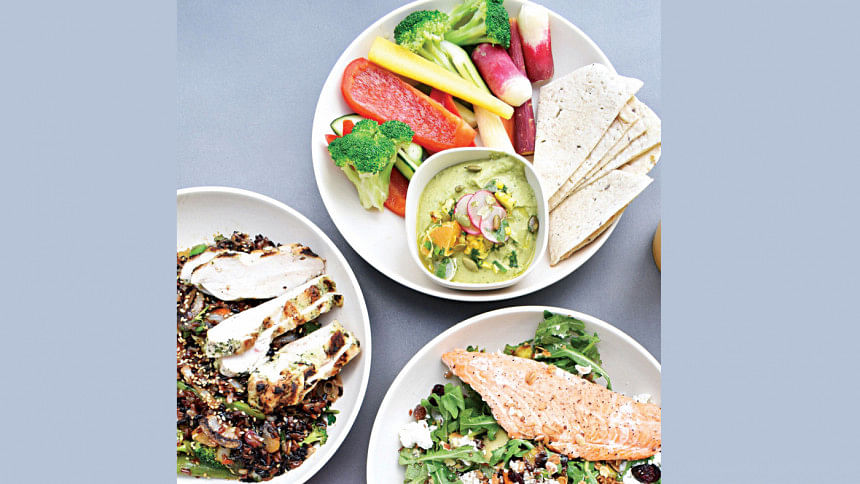In recent years, Bangladesh has seen an alarming rise in lifestyle-related diseases, particularly hypertension and cardiovascular issues. The prevalence of these conditions can be attributed to rapid urbanisation, increasing intake of processed foods, and sedentary lifestyles, especially in cities. The DASH diet was developed in the 1990s by researchers funded by the U.
S. National Institutes of Health to combat high blood pressure. Its main objectives are to reduce sodium intake and increase the consumption of fruits, vegetables, and whole grains.
Adapting the DASH diet to Bangladeshi culture: While the core principles of the DASH diet—low sodium, high potassium, and a focus on fruits and vegetables—are universal, they must be adapted to local food habits. Bangladesh is rich in agricultural produce, with rice, lentils, fish, and vegetables forming the base of most meals. By slightly modifying these traditional meals, it is possible to follow a DASH-like dietary pattern without compromising on cultural food preferences.
Rice : The primary staple in Bangladesh is white rice, which lacks the fibre and nutrients found in whole grains. While it might be difficult to replace rice entirely, switching to brown rice or mixing white rice with whole grains like quinoa or buckwheat can be a healthier alternative. Brown rice is rich in fibre, magnesium, and potassium—all essential for managing hypertension.
Additionally, smaller portions of rice can be balanced with a larger intake .


















